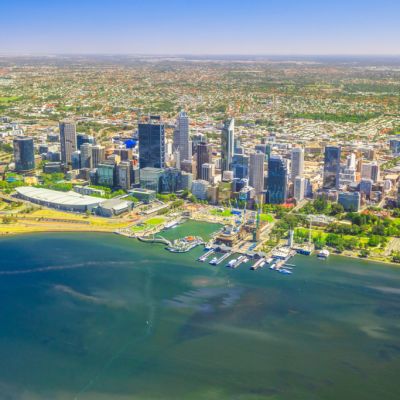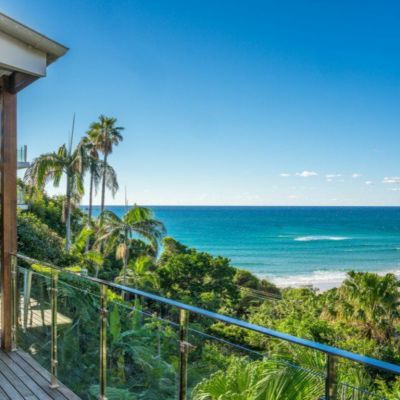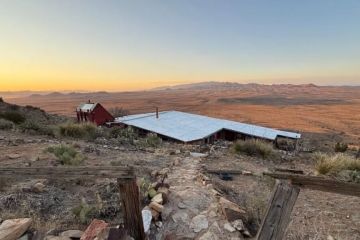Australian rents in two-speed market as houses rise, units in some cities fall: Domain Rent Report
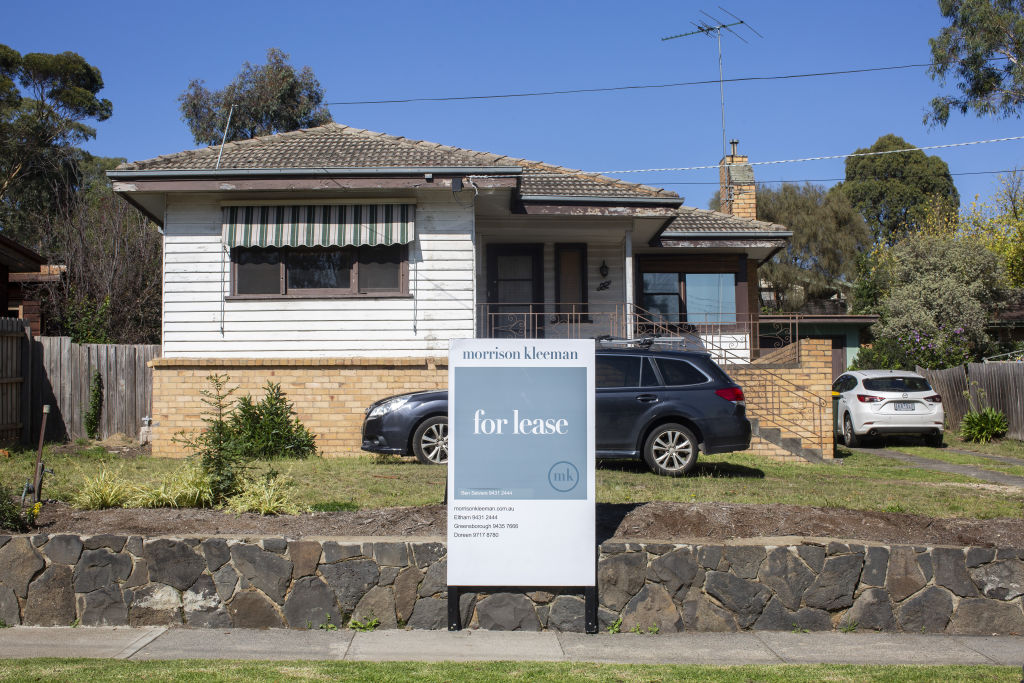
House rents have rocketed by as much as 13.5 per cent in the past year in cities that remain largely unaffected by COVID-19 – while apartment rents have plummeted by over 7.5 per cent in the hardest-hit state capitals, new figures show.
In some cities, houses rents are now at a record high with the steepest annual national gain in just over a decade, while national unit rents posted the sharpest fall on record to reach their lowest point since early 2014, the latest Domain Rent Report shows.
It’s a tale of two markets repeated all across Australia, with some capital cities reporting median weekly rents rising and others seeing big discounts on offer to renters, depending on the location and the property type.
“There’s definitely weak points in most of our capital city markets,” said Domain senior research analyst Nicola Powell of the December quarter report.
“The disruption will certainly continue too in the short term. When the rent moratoriums stop in the various states in March this year, we’re likely to see rents rise again and tenants either paying higher rents or being forced to move to lower priced accommodation.”
| HOUSES – MEDIAN WEEKLY ASKING RENT | |||
| Source: Domain Rent Report, December quarter 2020 | |||
| Capital City | Q4 2020 | QoQ Change | YoY Change |
| Sydney | $550 | 1.9% | 4.8% |
| Melbourne | $440 | 0.0% | 2.3% |
| Brisbane | $425 | 2.4% | 3.7% |
| Adelaide | $410 | 1.2% | 5.1% |
| Perth | $420 | 6.3% | 13.5% |
| Canberra | $600 | 3.4% | 3.4% |
| Darwin | $550 | 12.2% | 10.6% |
| Hobart | $460 | 2.2% | 0.0% |
| National | $469 | 2.0% | 4.8% |
The report reveals huge swings nationally in both tenants’ and investors’ fortunes as a result of the chaos caused by the pandemic. With Western Australia, the Northern Territory and South Australia hit less hard, they reported strong rises.
Perth, for instance, notched up the highest rise in rents – houses at 13.5 per cent and units at 12.9 per cent – over the past year. Darwin’s house rents rose the next most at 10.6 per cent, with its unit rents up by 7.7 per cent, just behind Adelaide’s at 7.9 per cent. Adelaide’s houses rose too, coming in third across the country at a 5.1 per cent increase.
For house rents, Hobart was the only capital to record no change at all over the 12 months.
| Source: Domain Rent Report, December quarter 2020 | |||
| UNITS – MEDIAN WEEKLY ASKING RENT | |||
| Capital City | Q4 2020 | QoQ Change | YoY Change |
| Sydney | $470 | -5.1% | -7.8% |
| Melbourne | $388 | -3.0% | -7.6% |
| Brisbane | $400 | 1.3% | 3.9% |
| Adelaide | $340 | 0.0% | 7.9% |
| Perth | $350 | 2.9% | 12.9% |
| Canberra | $495 | 3.1% | 3.1% |
| Darwin | $420 | 7.7% | 7.7% |
| Hobart | $400 | 0.0% | -2.4% |
| National | $432 | -3.4% | -5.7% |
Sydney house rents managed to rise by 4.8 per cent, while Brisbane’s increased 3.7 per cent, Canberra’s 3.4 per cent and Melbourne’s rose more than many commentators predicted with a 2.3 per cent rise.
So where can renters find a bargain? Units, apart from in the three strongest states, tended to be impacted more by the uncertainty of the virus.
Sydney had the biggest price drop with a 7.8 per cent fall in unit rents over the year, with Melbourne following close behind with a drop of 7.6 per cent, and Hobart recording a decrease of 2.4 per cent. Canberra’s unit rents rose by 3.1 per cent, and Brisbane by 3.9 per cent.
SYDNEY
The weekly median Sydney house rent reached a record high of $550 in the December quarter, the report shows.
But unit rents fell by $25 a week over the December quarter to $470 – the biggest quarterly fall on record. Sydney also saw its biggest annual fall and it’s now $40 a week cheaper to rent a unit than a year ago.
“The house rent growth is particularly strong in outer areas, while the CBD unit market has been hit hard by the fall in migration numbers, the lack of foreign students and the number of people whose wages were reduced during the pandemic,” said Dr Powell.
“We’re seeing some return of domestic travel, which has helped, and short-term lets that went into the residential market are now showing signs of returning to short-term.” The vacancy rate is now at 3.9 per cent, slightly up from last year.

MELBOURNE
Melbourne’s house rents showed little sign of recovery from its major lockdown and were steady over the quarter at $440 a week.
Its unit market hit a four-year low of $388 a week. Compared to last year, tenants could now save $32 a week on renting a unit.
With the highest vacancy rate nationally of 5.4 per cent, up from 2.3 per cent last year, they’ll have plenty of choice.
“Like Sydney, it was always going to be the most impacted by the drop in the number of overseas migrants as they tend to choose those two capital cities to live in,” Dr Powell said.
“Melbourne was the third most expensive city to rent a unit last year, but now it’s the third most affordable capital, after Adelaide and Perth.”
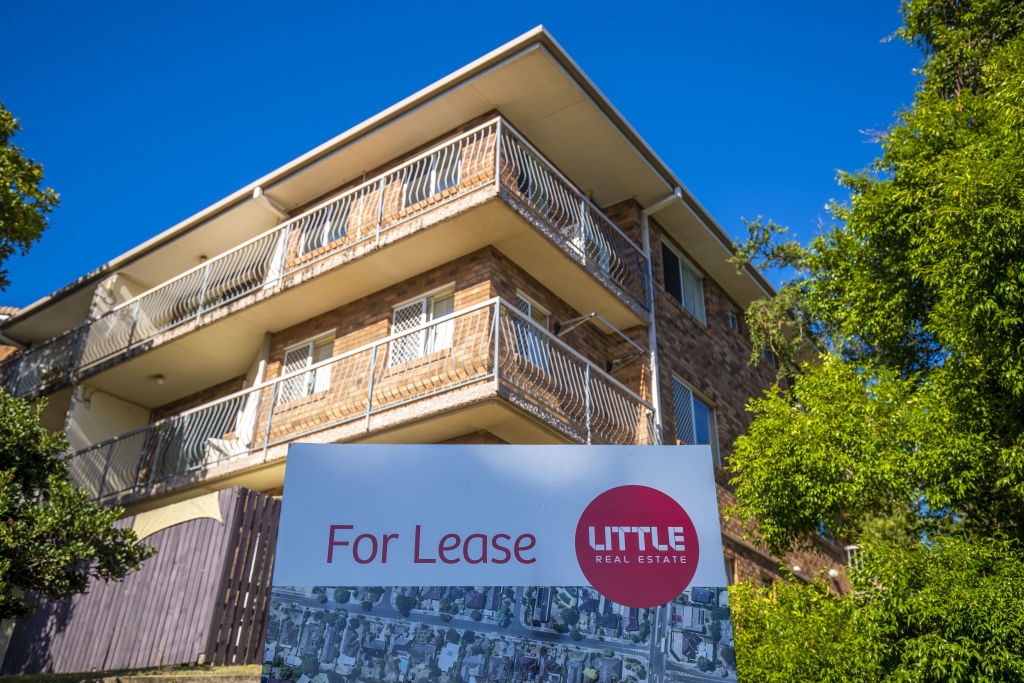
BRISBANE
Brisbane has recorded the steepest annual increase in seven years for house rents, which have now reached a weekly median of $425, while units have gone up by $15 a week to $400.
“It’s now more expensive to rent a unit in Brisbane than Melbourne, for the first time in five years,” Dr Powell said.
ADELAIDE
Adelaide has proved to be one of Australia’s strongest markets in both houses and units, with house rents increasing $5 over the December quarter to $410 a week, and unit rents the same over that period at $340. However, it’s still the cheapest capital city in which to rent both a house and an apartment.
“Parts of Adelaide are doing very well, but the CBD market still has a higher vacancy rate, like other capital city’s CBDs,” said Dr Powell. The vacancy rate sits at 0.7 per cent.
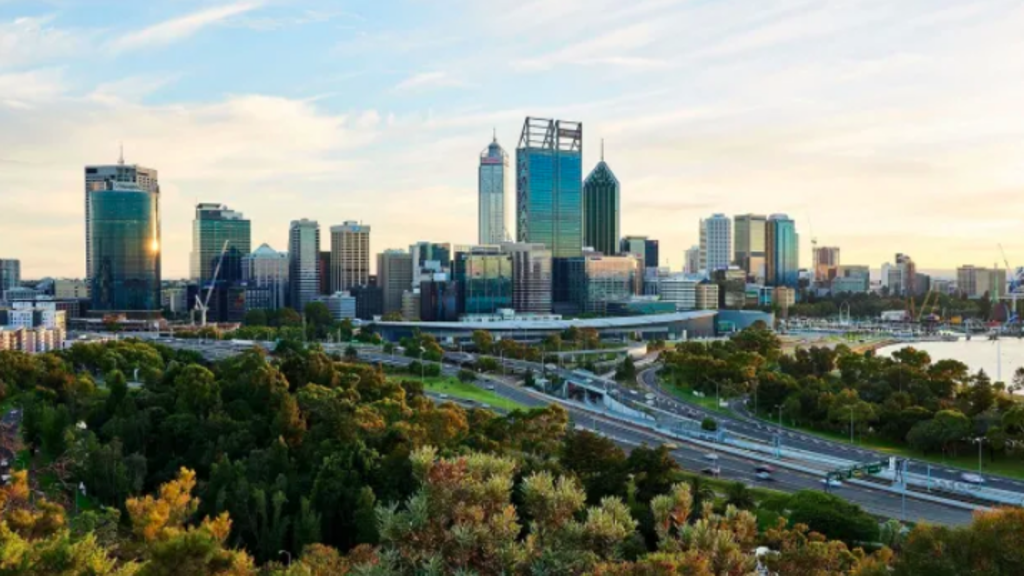
PERTH
Traditionally, many people from Perth would migrate to other capitals but the pandemic has dampened that movement considerably. And a big proportion of FIFO workers travelling to the Western Australian capital have, over the past year, settled in Perth instead with their families.
“So, those changes have both increased the demand for rental properties,” said Dr Powell. “At the same time, real estate agents are reporting that some landlords are holding off from listing their properties until after the rent moratorium so they can put up the price, which further depletes supply.”
As a result, both house and unit rents have risen considerably, hitting the highest asking rents the city has seen in five years, with the strongest annual growth of all the capitals and a vacancy rate of 0.9 per cent.
CANBERRA
The nation’s capital remains the most expensive capital in which to rent a house at $600 and now, for the first time in a decade, it’s also the most pricey place to rent a unit at $495 a week.
Many government employees living and working in Canberra were relatively unaffected by the economic disruption of COVID-19. “Over the last quarter house rents went up $20 and units $15,” Dr Powell said.
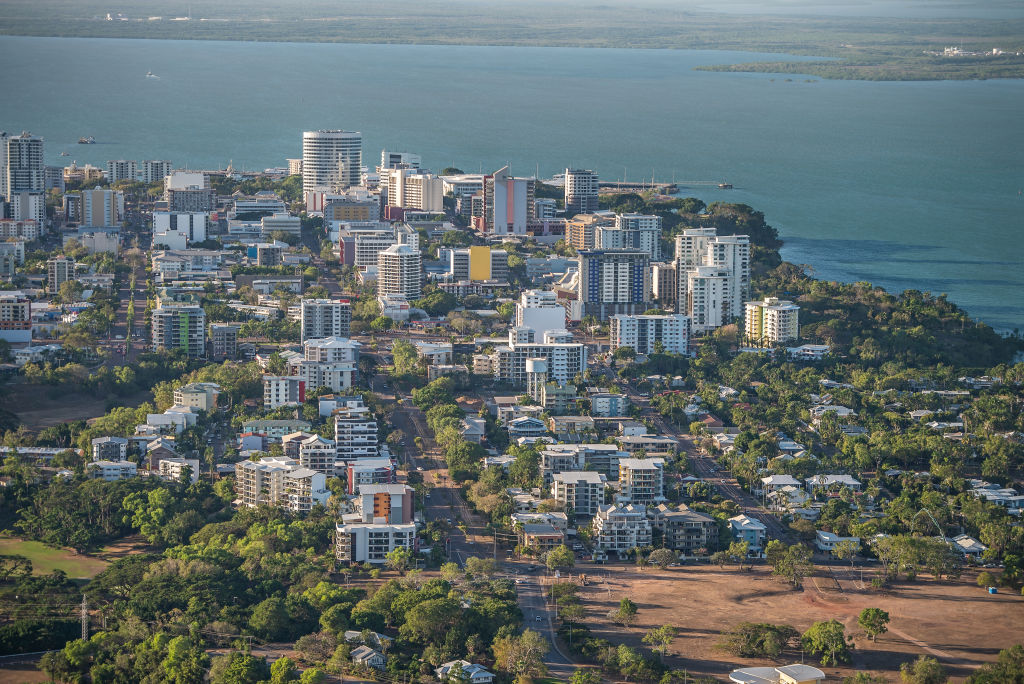
DARWIN
Darwin had the second strongest house rent growth over the year of any capital city, with rents rising $52 to $550, and the third biggest unit rent rise at $30 to $420 a week – both the highest asking rents since 2017.
“Similarly to Perth, people tend to move away interstate for work opportunities, but the pandemic put a stop to that,” said Dr Powell. “They weren’t so disrupted by the virus either, so weren’t so keen to move.”
HOBART
House rents in Hobart, alone among the capital cities, held steady over the past year at $460, while unit rents fell $10 on last year. The vacancy rate is only 0.5 per cent, even tighter than last year’s 0.6 per cent.
The city remains a favourite for sea and tree-changers with a very low vacancy rate, although many interstate migrants tend to buy homes before moving because supply is so limited.
We recommend
States
Capital Cities
Capital Cities - Rentals
Popular Areas
Allhomes
More
